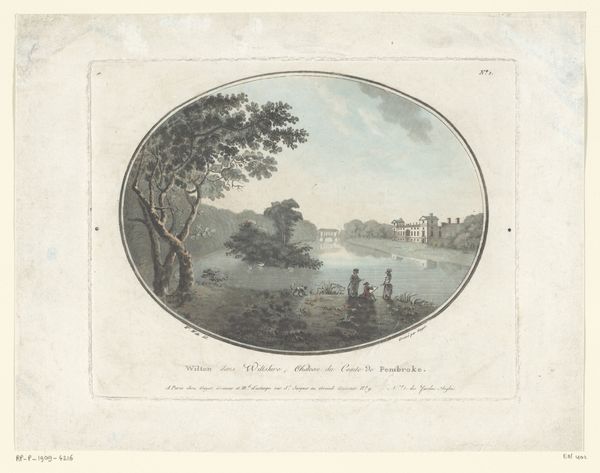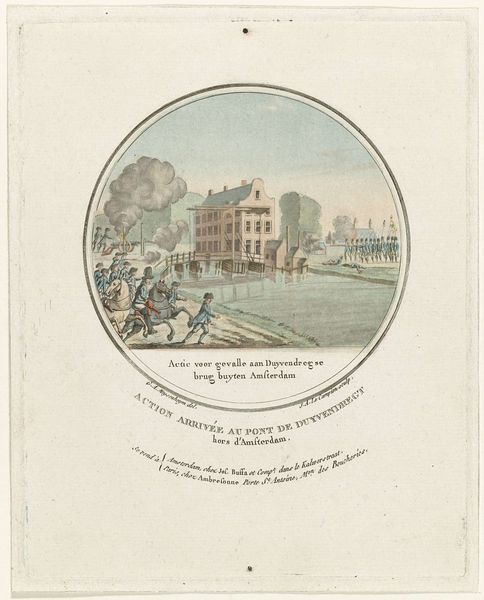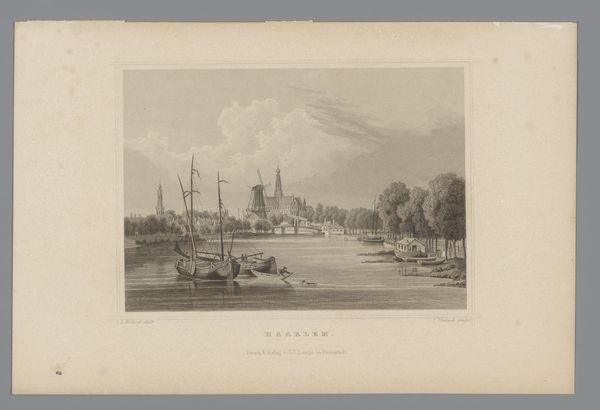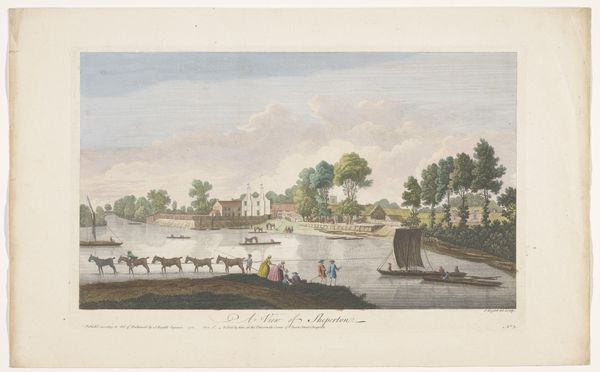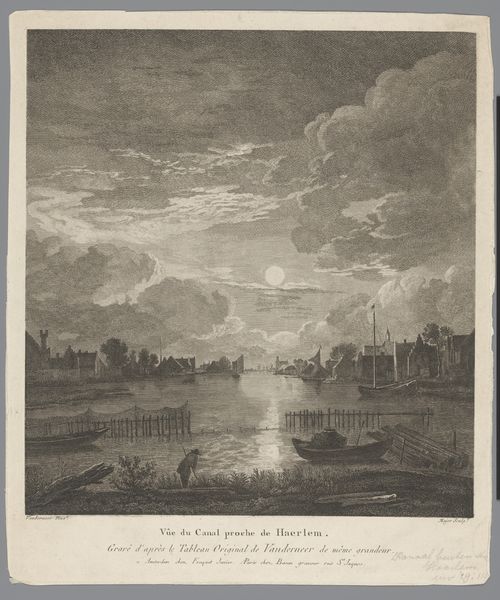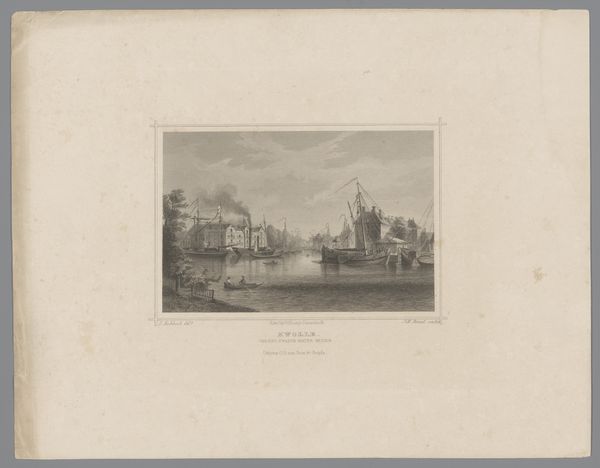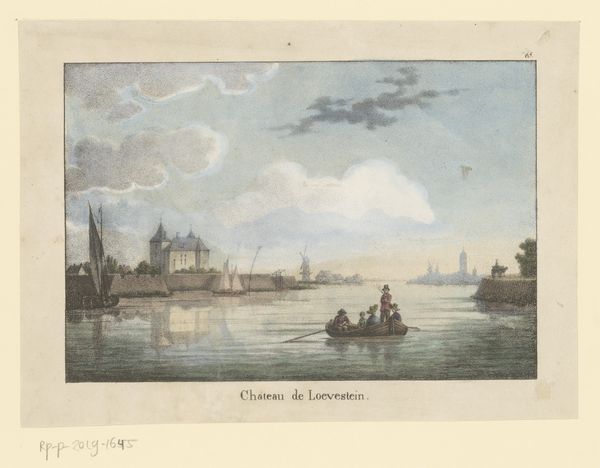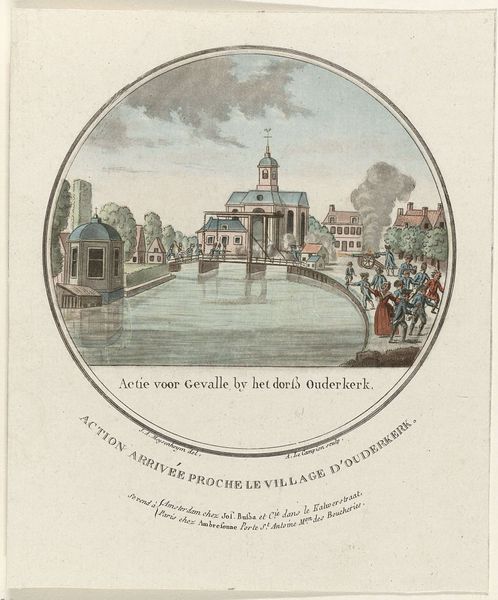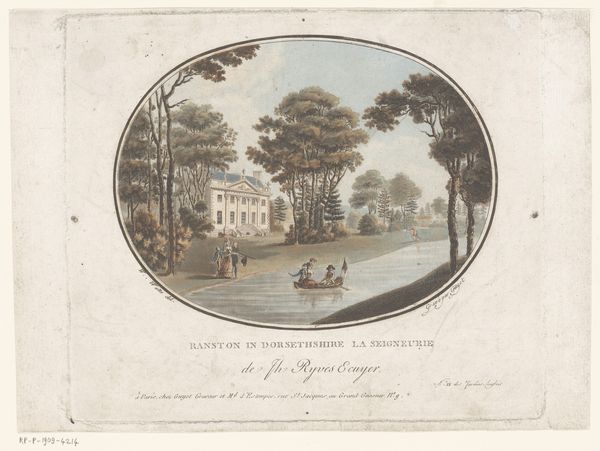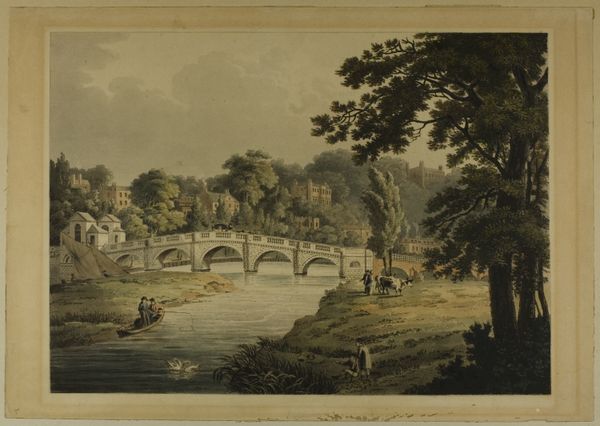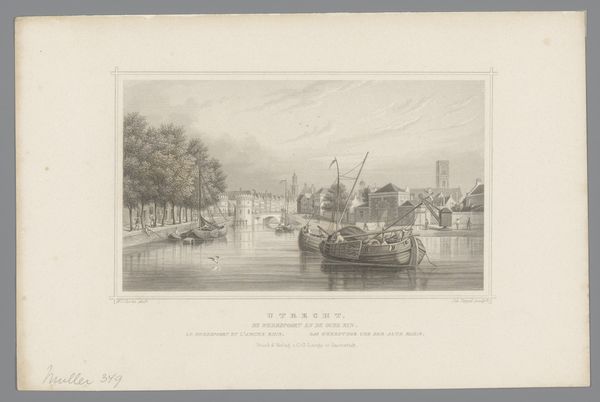
drawing, print, etching, watercolor, ink, pencil
#
drawing
#
neoclacissism
#
aged paper
#
light pencil work
# print
#
etching
#
pencil sketch
#
old engraving style
#
sketch book
#
landscape
#
perspective
#
personal sketchbook
#
watercolor
#
ink
#
geometric
#
pencil
#
sketchbook drawing
#
cityscape
#
pencil work
#
watercolour illustration
#
sketchbook art
Dimensions: height 191 mm, width 151 mm
Copyright: Rijks Museum: Open Domain
This is Joseph-Alexandre Le Campion’s “Gezicht op de Pont de la Concorde”. Created around the late 18th century, it presents us with a seemingly placid view of Paris. But let’s not be fooled by the calm waters. Le Campion created this piece during a period of immense upheaval in France. The Pont de la Concorde, initially named after Louis XV, became a silent witness to the French Revolution. The bridge, which translates to “Bridge of Concorde”, offers a darkly ironic backdrop to the tumultuous events that defined this era. Peasants in small boats navigate the river, a subtle reminder of the working class who would soon rise against the aristocracy. The name changes of the bridge from Louis XV to Revolution, then to Concorde, and back to Louis XVI during the restoration, mirrors the shifting political sands and the struggle for identity that France was experiencing. Le Campion’s delicate rendering invites us to reflect on how monuments and landscapes are never neutral; they are stages upon which the dramas of history, power, and identity are constantly enacted.
Comments
No comments
Be the first to comment and join the conversation on the ultimate creative platform.
